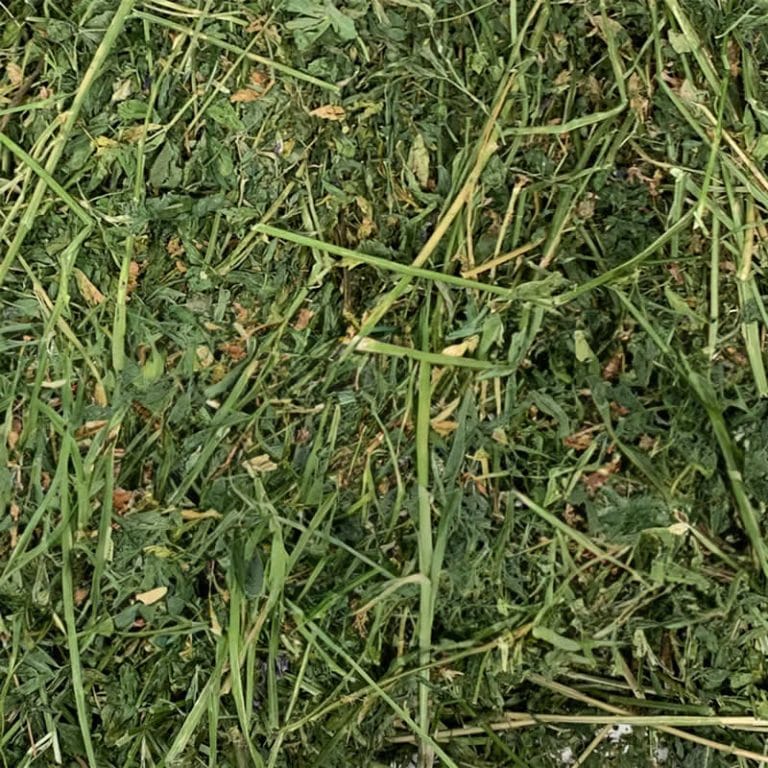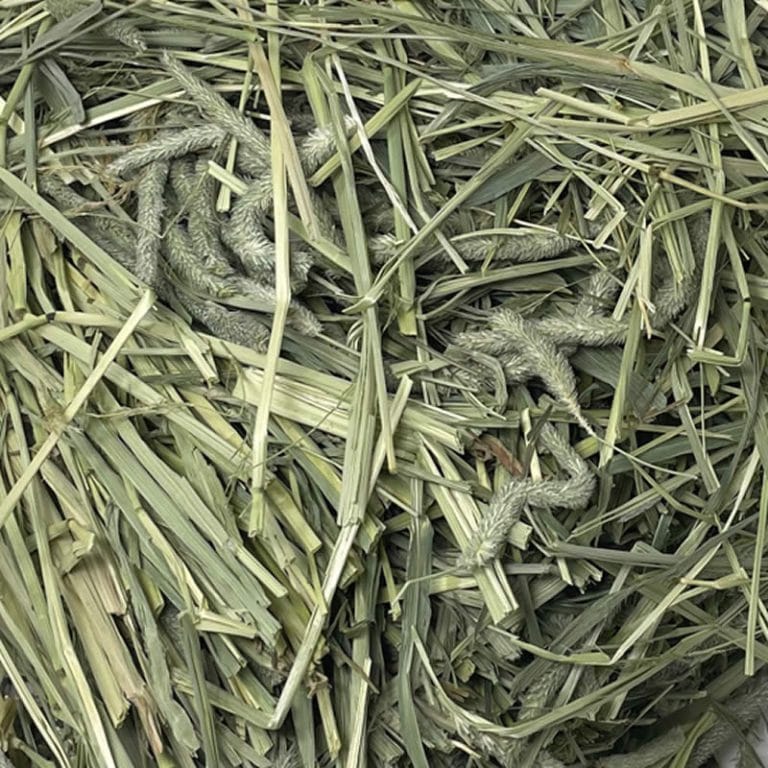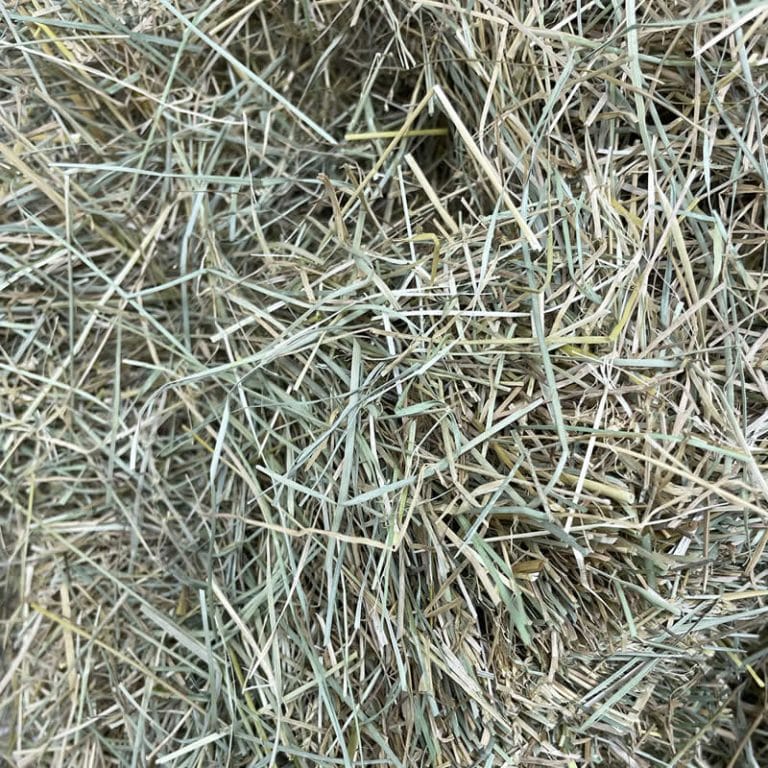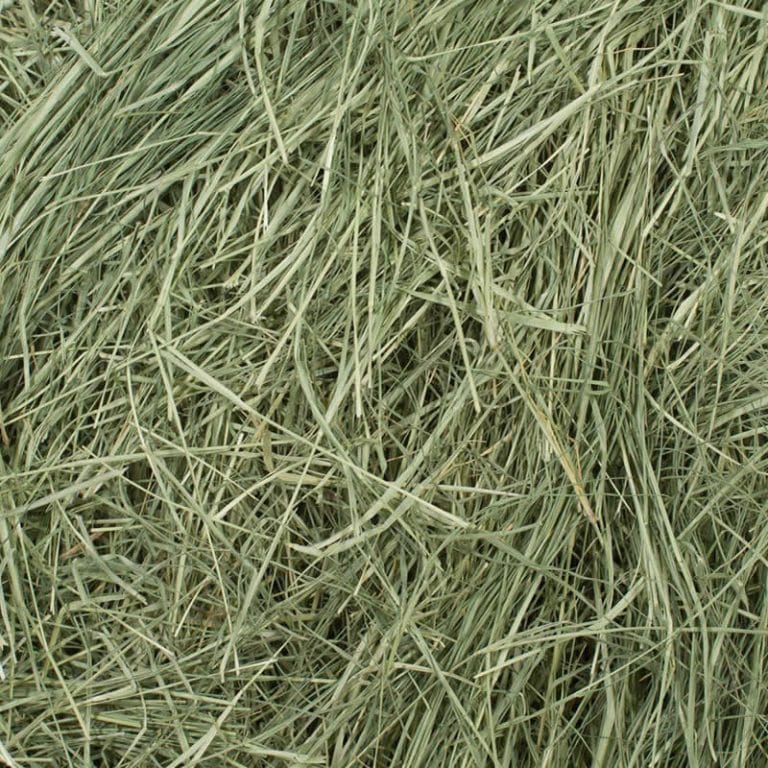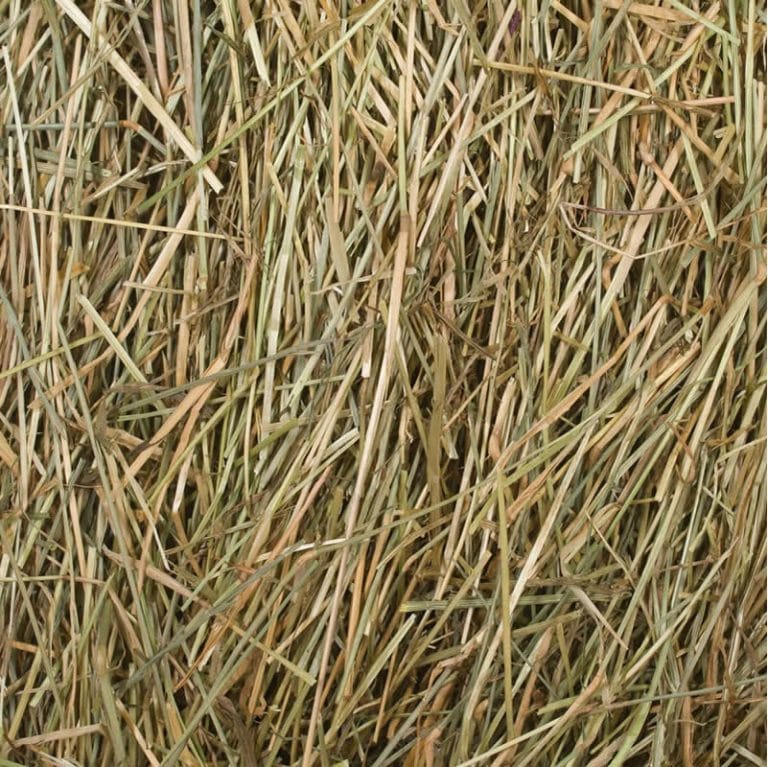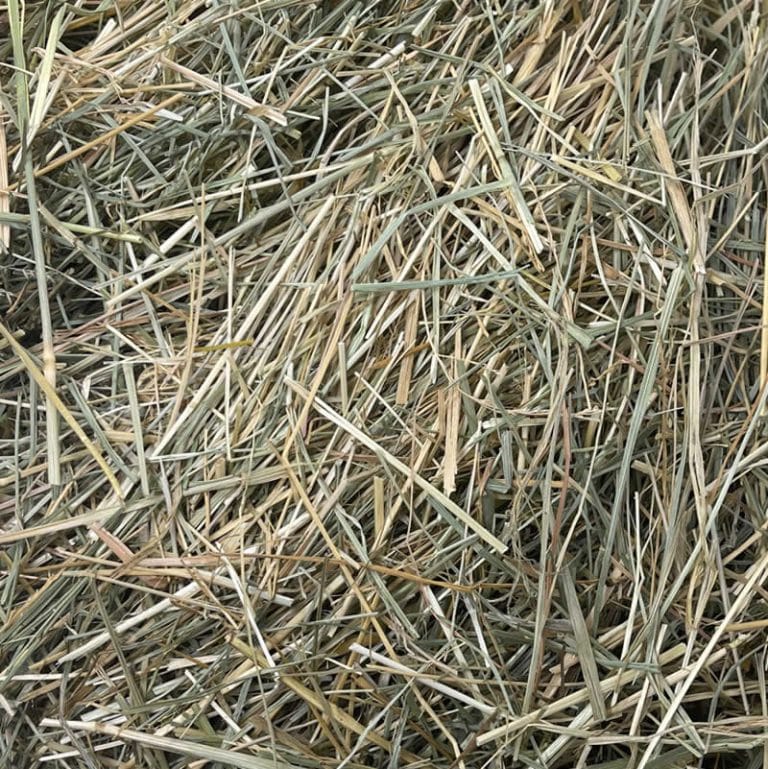Orchard Grass
(Dactylis glomerata)
Hay Grown the Right Way
Orchard grass (Dactylis glomerata) is a cool-season perennial grass widely cultivated in the United States, primarily for use as livestock forage. It thrives in the northern and cooler regions of the country and is appreciated for its high yield, palatability, and nutritional value. Typically utilized in pastures and hay production, orchard grass is adaptable to various soil types and can flourish in both upland and lowland areas. Its suitability for temperate climates with cool, moist conditions makes it a favored choice for many American farmers.
With its relatively high crude protein content, orchard grass is valuable in hay production and serves as an essential component in the diets of cattle, horses, sheep, and goats. Often grown in combination with legumes such as alfalfa or clover to enhance overall forage quality, orchard grass finds extensive use in the dairy and beef industries. Additionally, its extensive root system makes it beneficial for erosion control and soil stabilization in conservation projects.
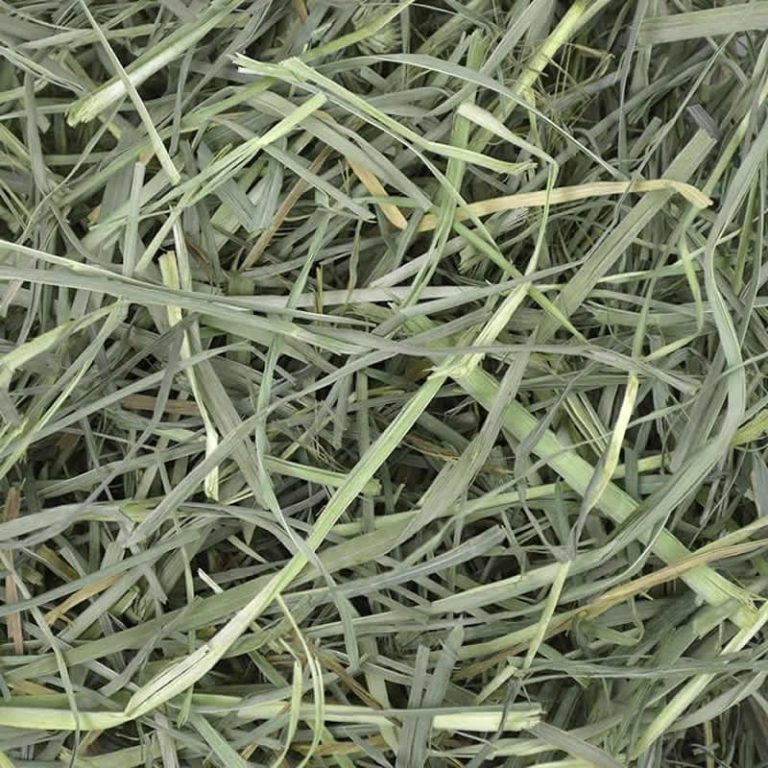
Growing Regions
Orchard grass is cultivated in various regions of the United States, with a primary focus on areas offering favorable climate and soil conditions. Major cultivation regions include the northern states of the Northeast (such as New York, Pennsylvania, Vermont) and Upper Midwest (including Wisconsin, Minnesota, Michigan), the Pacific Northwest (including Oregon and Washington), and the Mountain West (encompassing states like Colorado and Montana). These regions provide the cool-season climate and moisture levels essential for successful orchard grass production. While it is commonly utilized in pastures and hay production, its prevalence can vary based on local factors like soil type, precipitation patterns, and altitude. Farmers collaborate with experts to optimize cultivation practices, and the choice of orchard grass varieties is often customized to local conditions and agricultural goals.
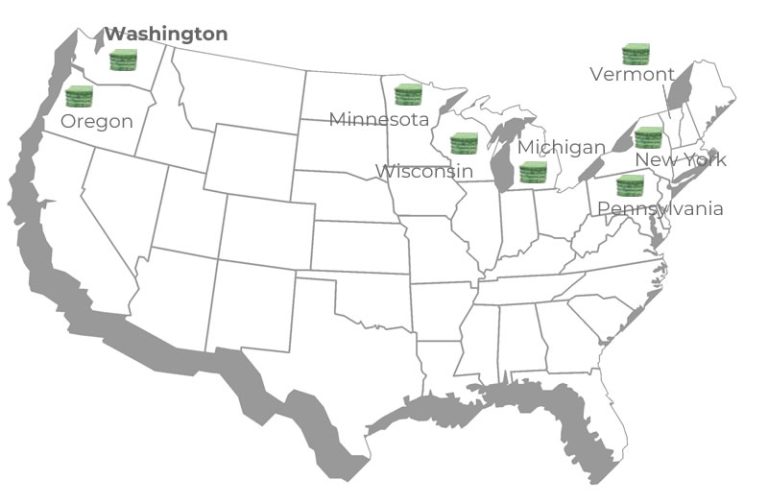
Detailed overview
Nutritional Value:
Orchard grass has good nutritional value, with relatively high crude protein content compared to other cool-season grasses. It is commonly used in hay production, and its nutritional profile makes it suitable for both dairy and beef cattle.
Cultivation:
Orchard grass is grown as a forage crop for livestock, particularly cattle, horses, sheep, and goats. It is valued for its high yield, palatability, and nutritional content. It's often used in pastures and hay production.
Adaptability:
Orchard grass is adaptable to a wide range of soil types and can grow in both upland and lowland areas. It thrives in temperate climates with cool, moist conditions, which makes it well-suited for many regions of the United States.
Hay Production:
Orchard grass is a popular choice for hay production in the USA. It is often grown in combination with legumes like alfalfa or clover to enhance the overall quality of the forage.
Erosion Control:
Due to its extensive root system, orchard grass is also used for erosion control and stabilizing soil in conservation projects.
Varieties:
There are several orchard grass varieties and cultivars available in the USA, each with slightly different characteristics in terms of growth habits, yield, and disease resistance. Farmers and ranchers may select varieties based on their specific needs and local conditions.
It’s important to note that while orchard grass is a valuable forage crop, its management, including proper harvesting and grazing practices, is essential to maintain its quality and productivity. Additionally, its performance can vary depending on local climate and soil conditions. Farmers and ranchers often work with agricultural extension services and specialists to optimize orchard grass production in their regions.

